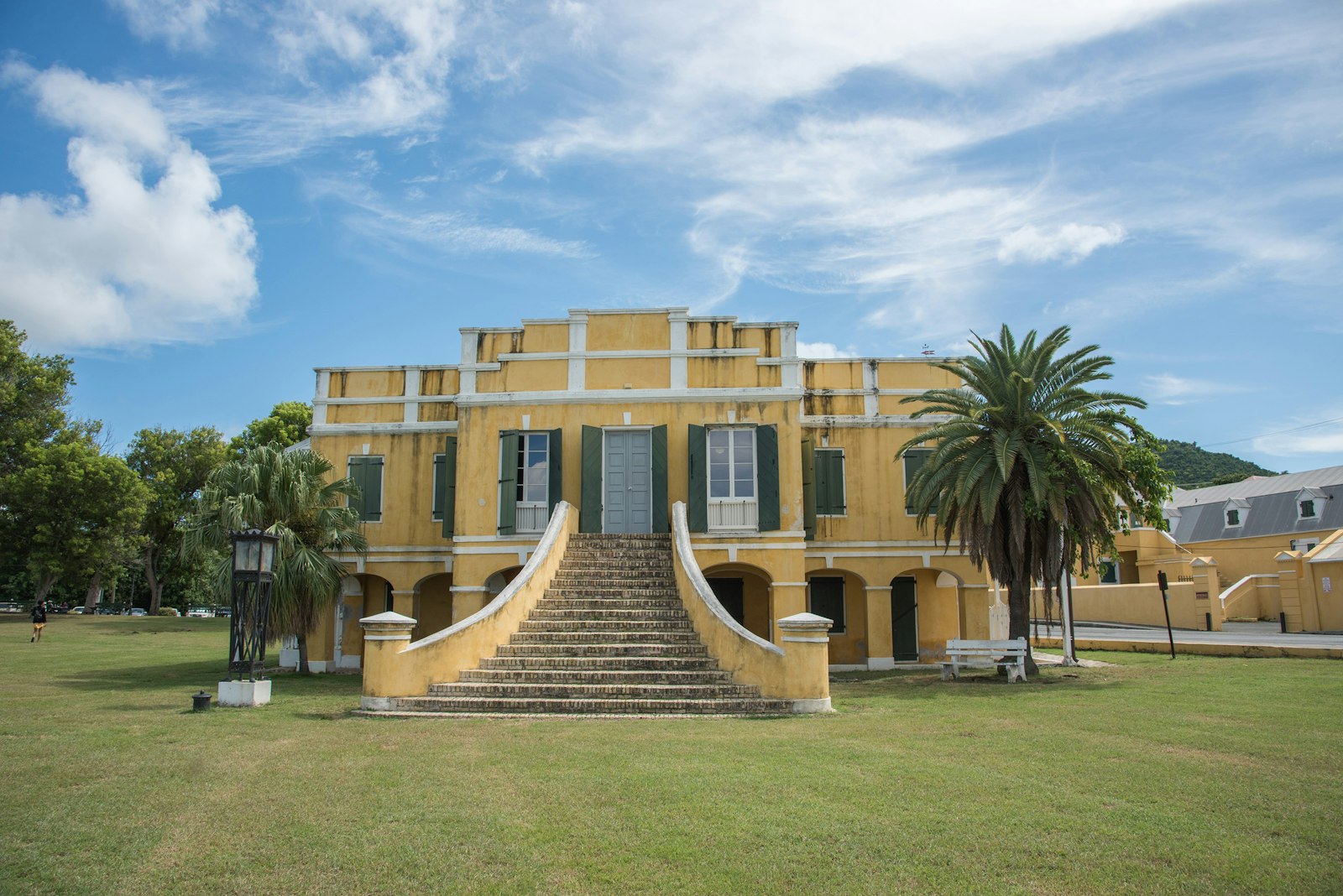
Christiansted National Historic Site
Christiansted National Historic Site was established in 1952 through the work of local citizens, carrying forward the spirit of our earliest NPS advocates.
The park preserves the historic structure and grounds within its boundaries and interprets the Danish economy and way of life here between 1733 and 1917. The wharf area of Christiansted once played an important role in the mercantilist system that linked Europe, West Africa, the West Indies, and North America. From 1734 until 1803, it was part of the infamous Triangular Trade. Slaves were acquired for cheap manufactured goods at factories, or slaving forts, along the Guinea Coast of West Africa, and shipped to the West Indies via the inhumane Middle Passage.
At Christiansted, the slaves were auctioned off, and the ships cargoes replenished with local exports bound for Europe and North America. Building materials, agricultural supplies, household furnishings, livestock, and foodstuffs were imported to help St. Croix meet the needs of its vigorous plantation economy. In turn, the island exported sugar, molasses, rum, cotton, and tropical hardwood. Especially between 1760 and 1820, wealth derived from sugar, rum, and slaves enabled an extravagant life style among the upper class of St. Croix society.
The United States market accounted for approximately 75% of St. Croix's agricultural exports by 1830. The sale of the Danish West Indies to the United States in 1917 only formalized an economic relationship that had long existed between the Virgin Islands and the mainland.